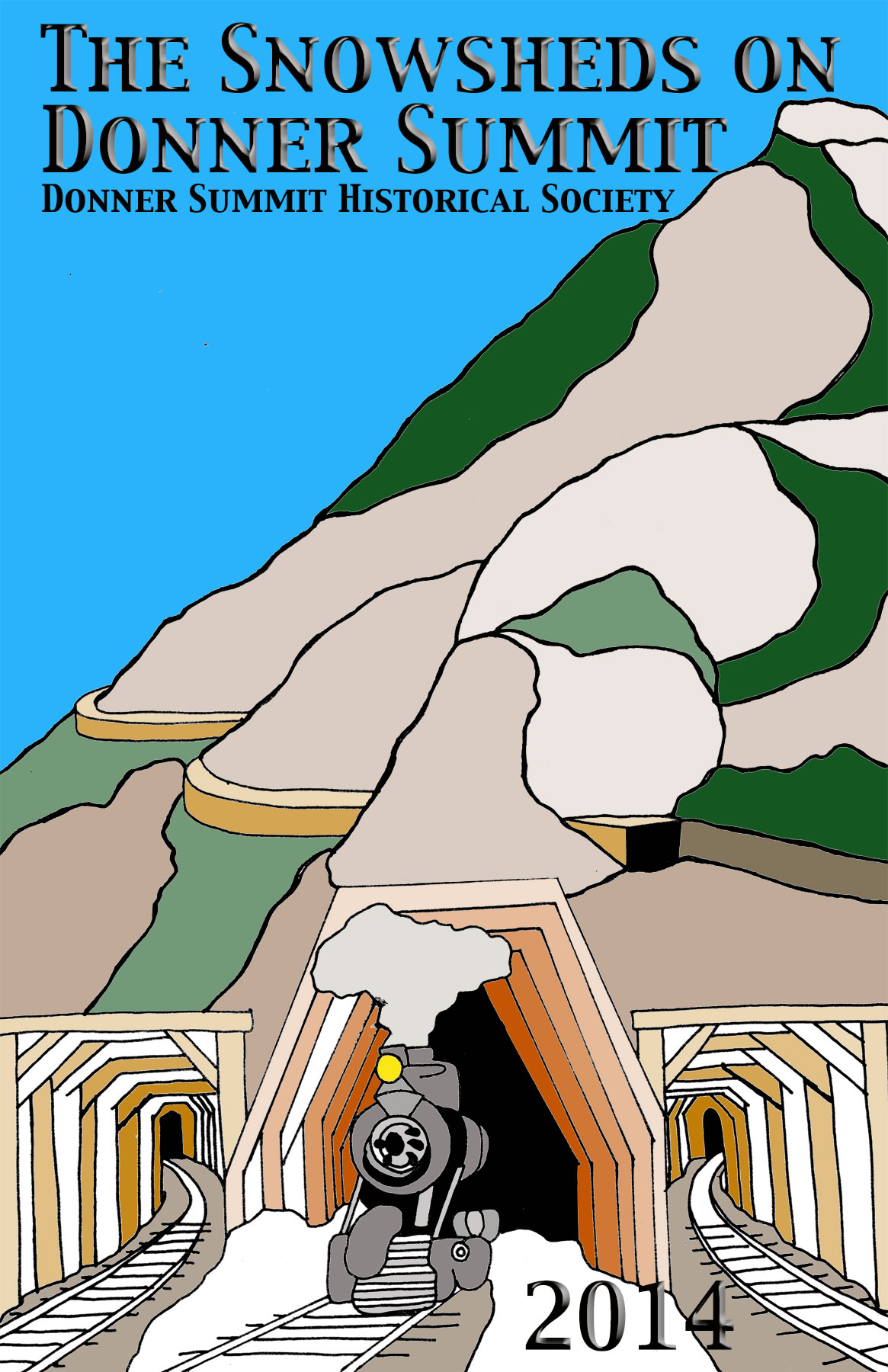"The whole party were greatly fatigued by the incessant labor. But they dare not rest. It was near the middle of October, and a few light snows had already fallen, warning them of the imminent danger of being buried in the snow in the mountain . They pushed on, the route each day becoming more and more difficult… in many instances, the team had to be trebled in order to drag the wagon at all. On top of all the e disheartening condition came a fall of now a foot deep…. Still the party toiled on, hoping soon to pass the summit and reach the plain beyond there was no thought of turning back."
Moses Schallenberger, 1844
who spent most of the winter of 1844 at Donner Lake alone; he was 17 years old.


